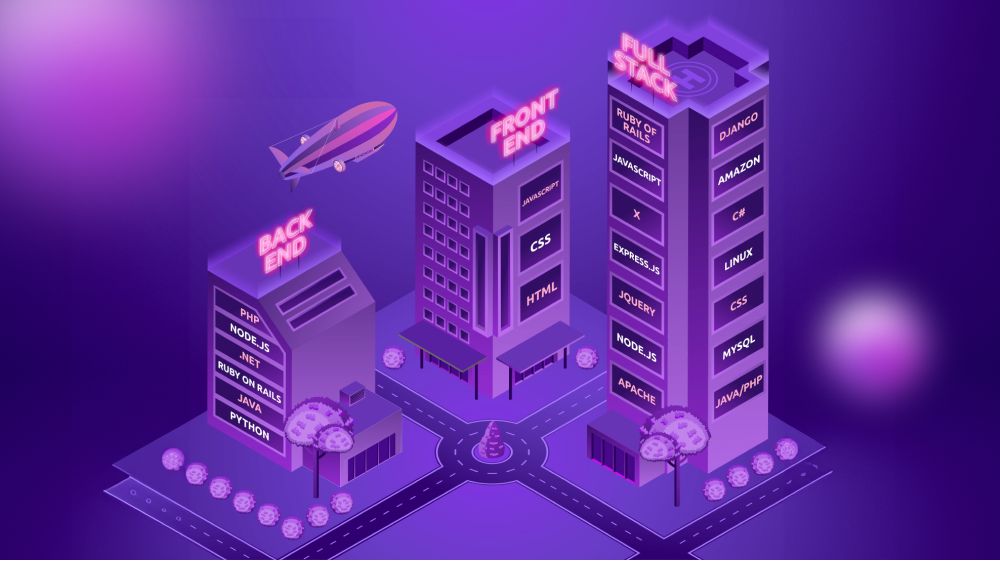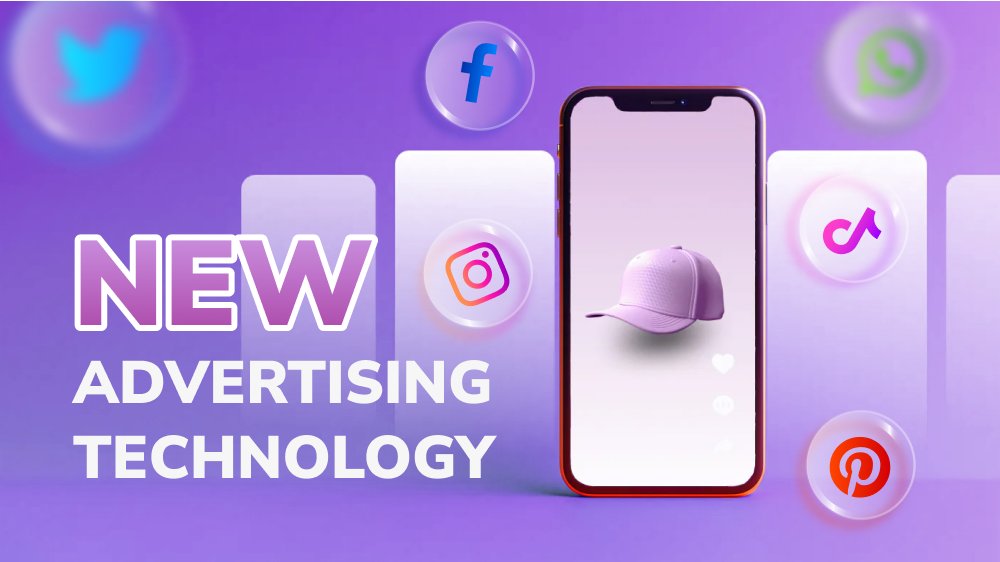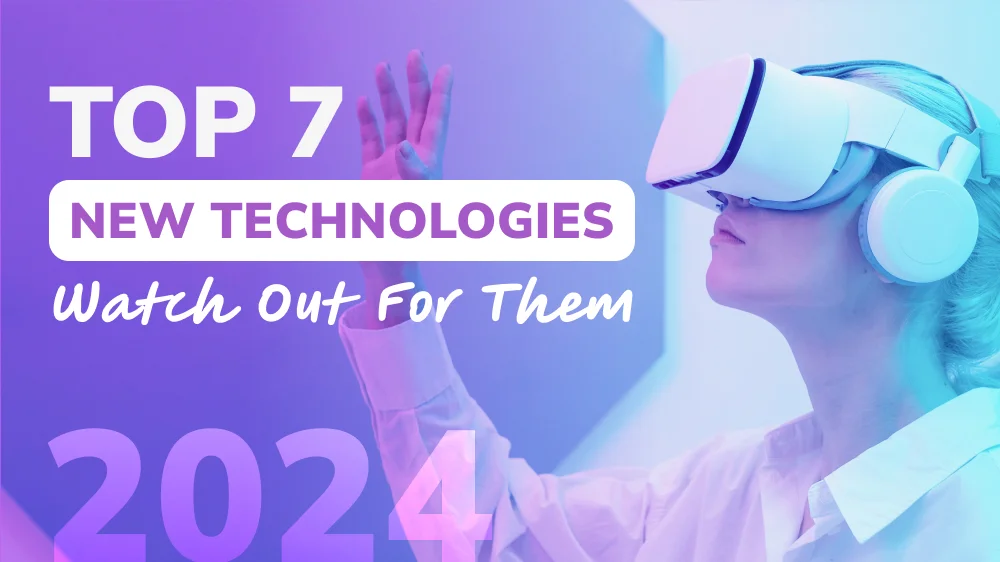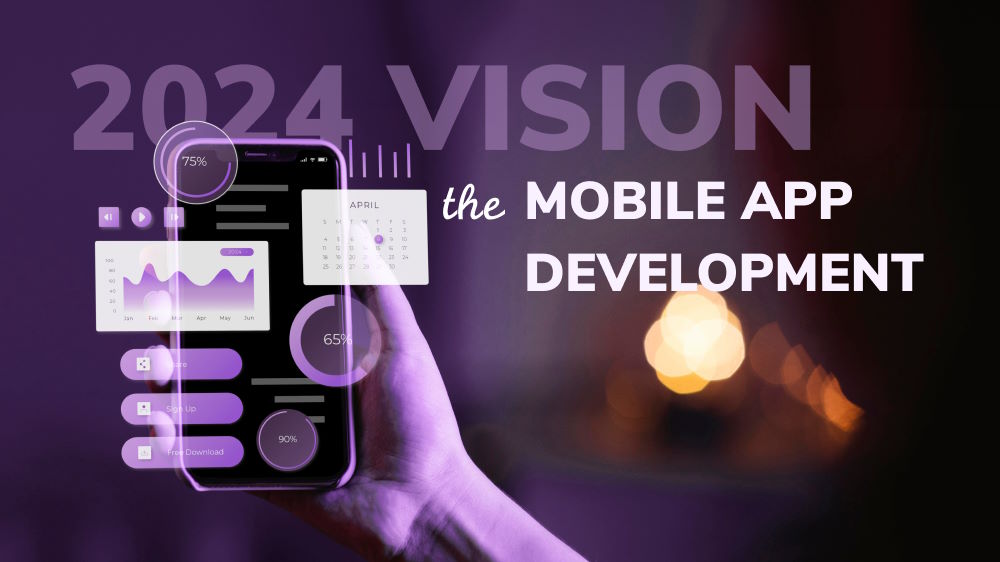How technology is being used against pandemics like COVID-19
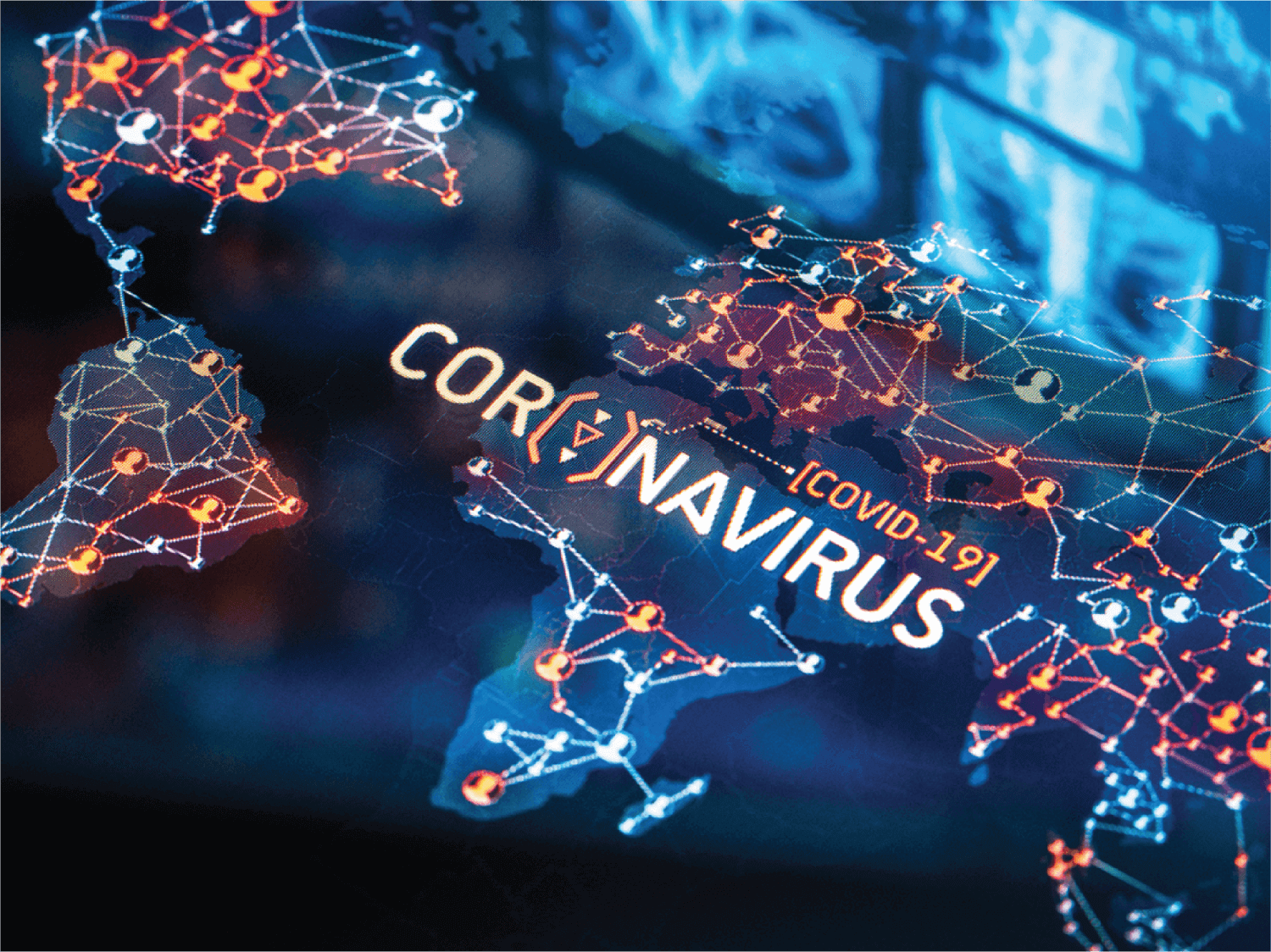
Content Map
More chapters2020 marked a new milestone for many health-related technologies, greatly due to the unpredicted occurrence of the COVID-19 pandemic.
Many technologies were expected to be on the rise as of the end of 2019, however, 2020 marked a new milestone for many health-related technologies, greatly due to the unpredicted occurrence of the COVID-19 pandemic.
The new buzzwords for 2020 include but not limited to “work-from-home (WFH)”, “remote hospital”, “contribute to COVID-19 cure”, and “social distancing”. The rise of social medias and communication tools such as Zoom, Microsoft Teams, etc. are expected and businesses are pushed to adapt in a fast and responsive way to deal with any loss that can occur during this event.
Governments are responding swiftly to the virus around the world by providing constant updates and social distancing measures such as lockdowns and quarantines.
Coronavirus also offers an opportunity for companies to rethink about how we fight pandemics and thrust for digital transformation. Do we have to rely on physical meetings and communication? As more and more businesses are moving towards remote working, that impact seems to be reduced more and more each day.
Nevertheless, the fight against COVID-19 continues. Researchers and scientists all over the world are spending each and every minute looking for a cure to this deadly and contagious virus. Countries like the U.S and China are both fighting the virus their own way, through quarantine and intensive simulations and researches.
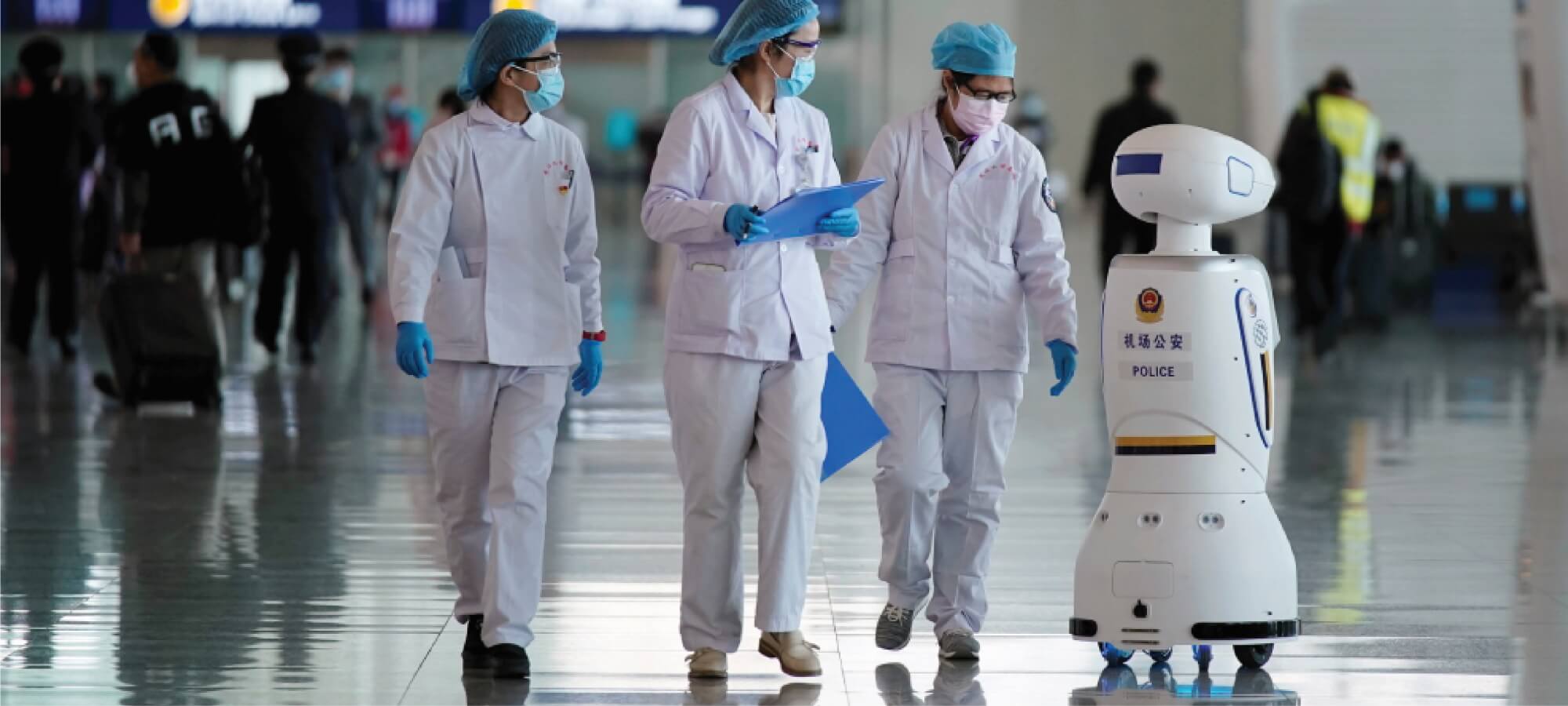
Anyone can help the case
When the coronavirus first appeared, it took scientists only a few days to deduce the genome of the novel coronavirus, SARS-CoV-2. However, the next 2 months were used to build computer models of the virus’ proteins using those blueprints. Then, thousands and thousands of computer simulations are run simultaneously to understand the virus’ proteins and how they work, to design therapeutics to stop them.
This, however, requires a lot of computing power, which increases further as scientists want to simulate interactions between proteins or between proteins and molecules, and even more if they want these results faster.
Organizations like Folding@home are asking people to donate their computing power for protein-folding simulations, while Foldit allows users to turn coronavirus protein folding into a game anyone can play.
Universities, national labs, and companies are also donating their most powerful computers and making their resources available to researchers fighting COVID-19.
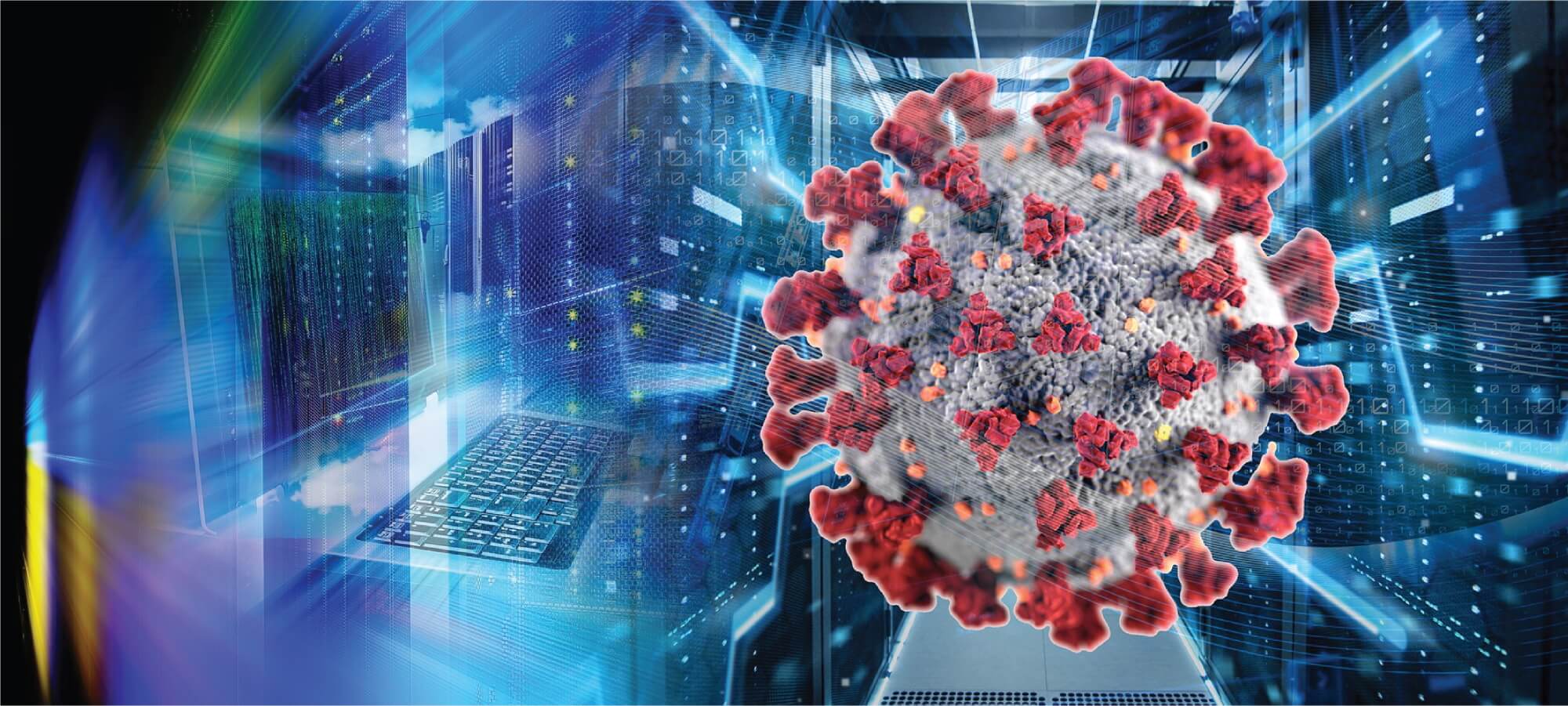
Virus data hub accessibility
Tableau Software has recently created a COVID-19 Data Hub for people to get access to the latest resources regarding the ongoing virus outbreak. The hub collects data from organizations like Johns Hopkins University, the Centers for Disease Control and Prevention (CDC), and the World Health Organization (WHO), and lets users make their own dashboards for their own visualizations.
Steve Schwartz, head of public affairs at Tableau said the data hub is being used in a variety of ways: “I just heard from a couple of the laboratory pharmaceutical companies that they were using a lot of this data to help inform where to distribute testing kits,” Schwartz says. “They’re using this core data to figure out where to distribute nationally and globally.”
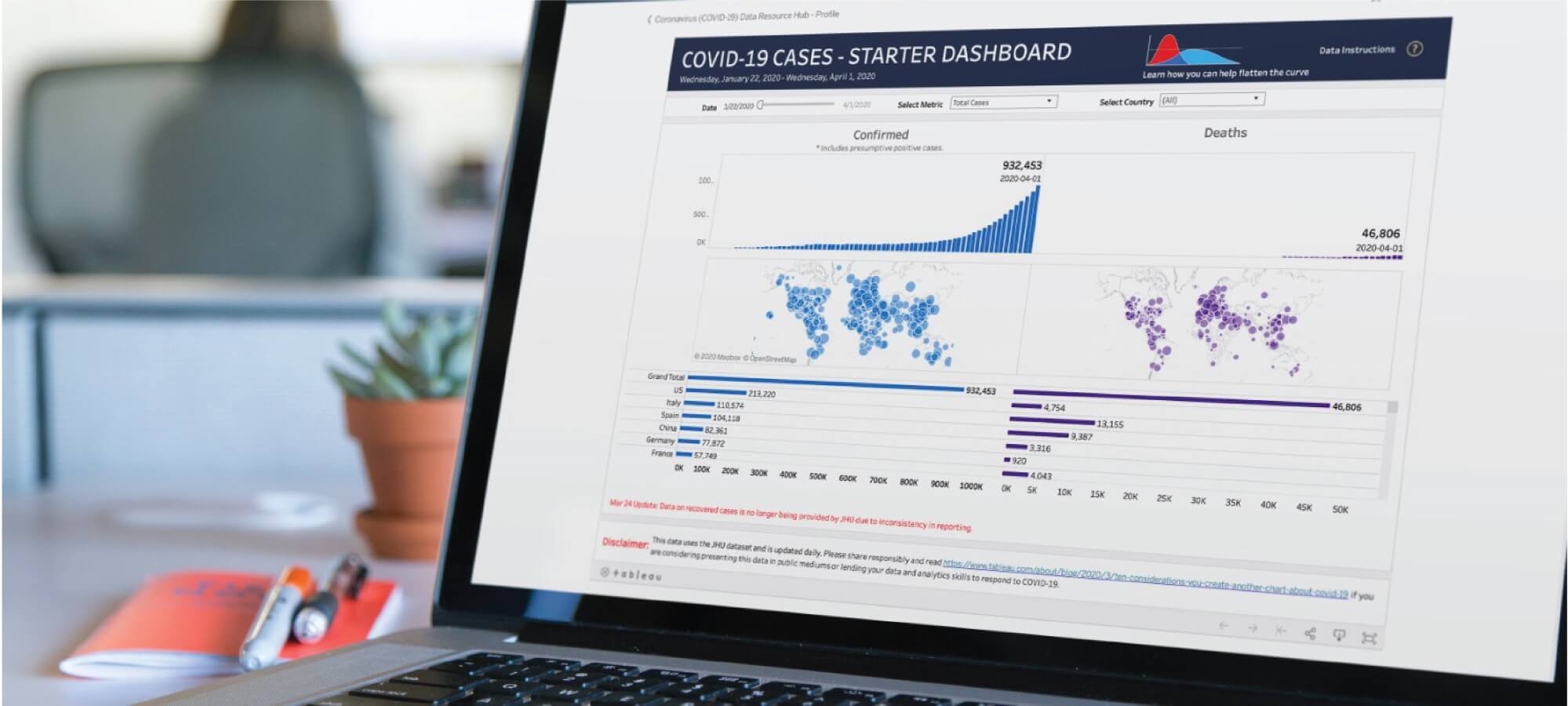
Medical Apps
When facing a contagious pandemic, social lockdowns are one of the first preventions that should be put in place.
However, where can potential infected patients go to get themselves diagnosed?
Hospital and Emergency Rooms might not be the best options available during this crisis. Hence, health officials are urging people to connect remotely via an app to doctors who can triage their symptoms while at home.
An example of a successful case of such an app is MaNaDr, founded by family physician Dr. Siaw Tung Yeng, in Singapore. 20% of Singapore physicians offer some level of service within the app.
People are being prescreened and advised within the app to either stay home or visit the hospital for intensive care if needed. Patients can also check in with their doctor and make sure that their symptoms are not turning worse. Doctors can also order ambulances within the app to reach the patients in time if necessary.
The data gathered by these apps can then be mined to predict the trajectory in a population, along with telemedicine when patients call in for a voice checkup.
Even though the existence of telemedicine and these remote checkup apps have been around for a while, their popularity has been on the low until the COVID-19 pandemic. It’s a wake-up call for people to understand the importance of remote health care and how it does not have to be in person.
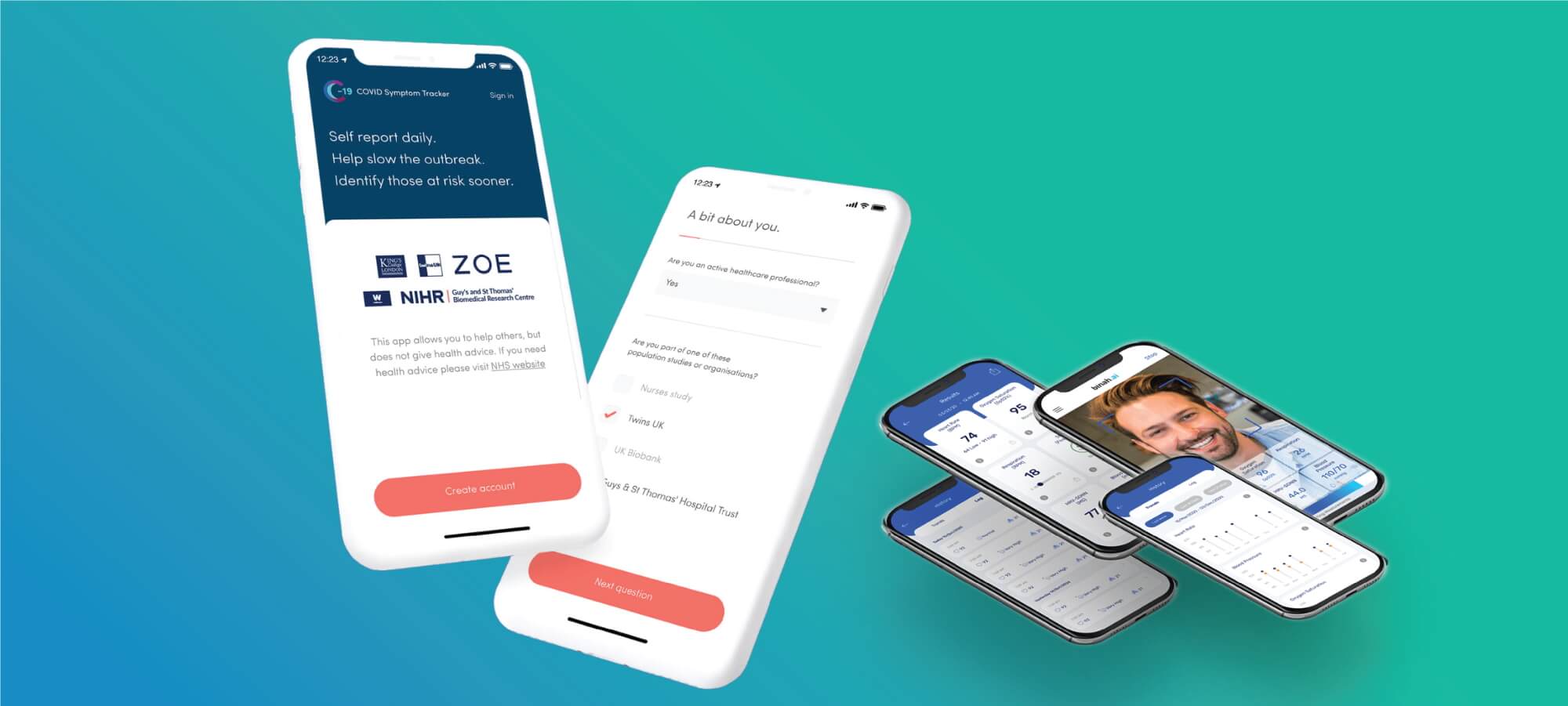
Big Data and Artificial Intelligence
By collecting the massive information provided by all sources around the world, scientists can then analyze the care and symptoms of every patient to test out the best treatment strategies. AI is used to study millions of patients’ data to identify the high risk patients and potential treatments.
The data can also be used as a prevention for future high risk patients and warn others about their vulnerability to the virus.
Jvion, a company which specializes in clinical AI, is using machine learning algorithms to determine the social risk factors for people that acquire an infection that requires hospitalization. The AI can help identify uninfected individuals who are at risk for a severe course of illness, to plan ahead for treatment and increase virus prevention for such individual.
“As hospitals are inundated with patients, these individuals will be safe at home. This can’t be generalized as a practice to all people, but for those highest at risk it can be life-saving,” says John Frownfelter, MD, Chief Medical Information Officer at Jvion.
The use of technology and data analytics are not exclusive to COVID-19 – the information we are gathering and analyzing can be used for future pandemic, and this is an opportunity to prevent the mistake we made with this current coronavirus.
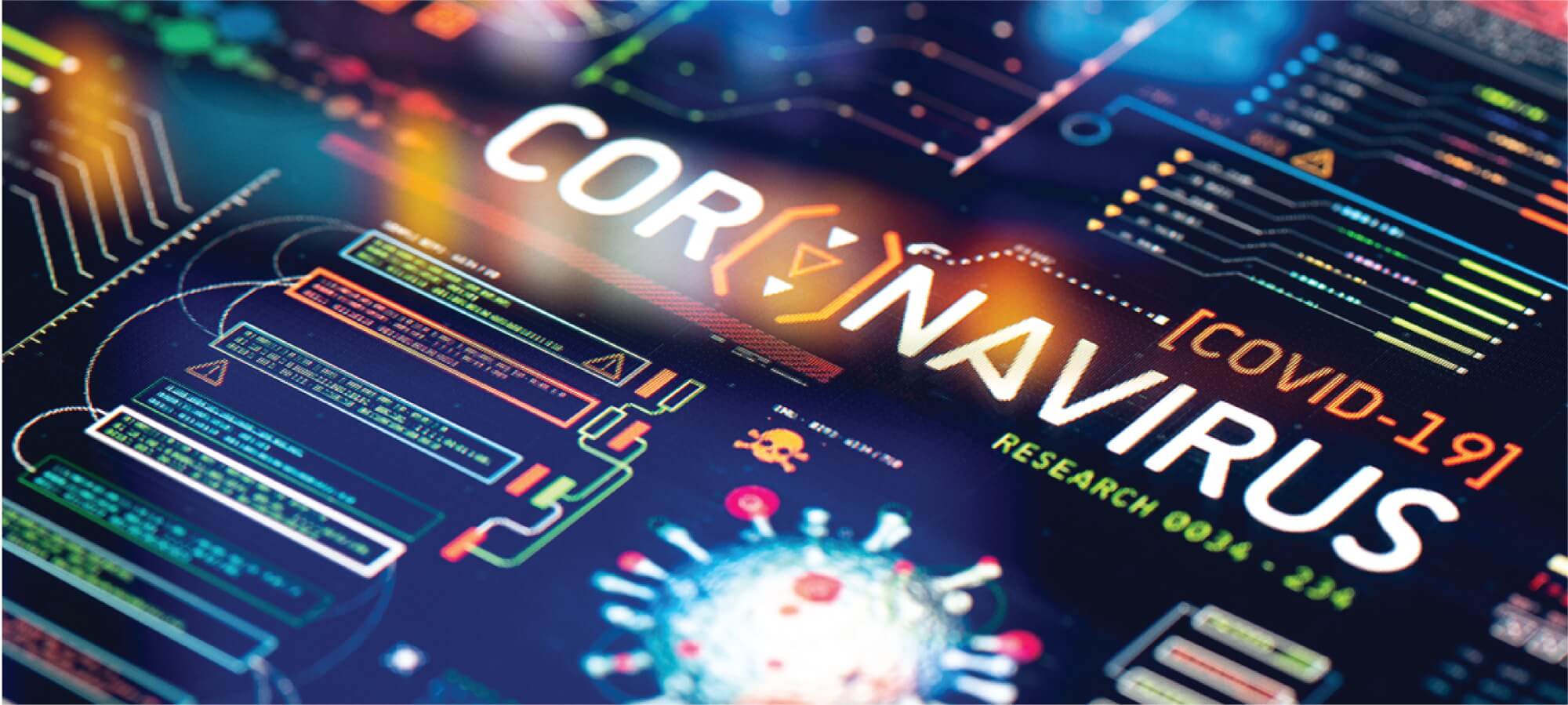
In Conclusion
Having experience with other outbreaks such as SARS in the beginning of 2002 and H1N1 in 2009 makes government planners think through contingencies in order to develop outbreak management plans and stockpile pandemic essential goods.
Most of the countries that have the virus under control also question any infected individuals heavily regarding anyone that have been in contact with and are potentially infected, in order to isolate the virus as soon as possible. The people who are at risk are then contacted by government in order to self-quarantine to prevent any possible contagion.
Technologies are used to spread the news and any update regarding the virus, and to remind citizens to wear masks and do regular self-checkup for any symptom of the virus. Contact tracing is then used to deliver a swift response.
This concludes the best method to fight any pandemic: Preparation is key.


